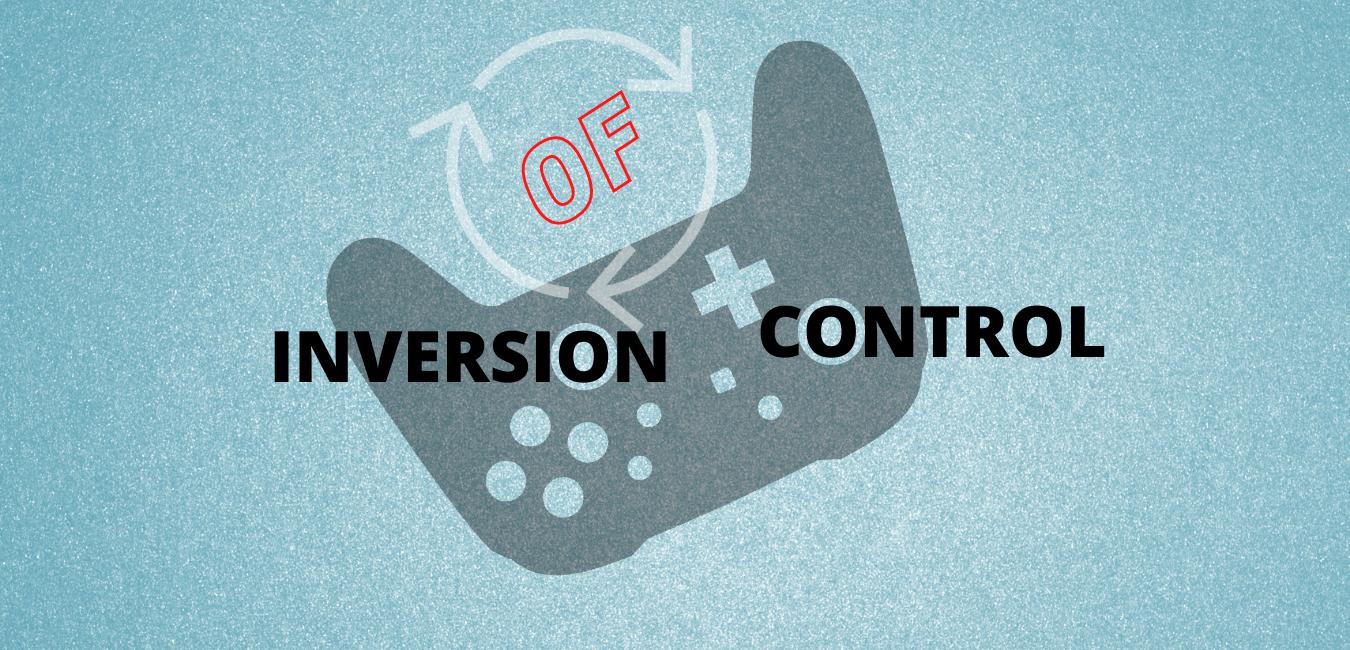Inversion Of Control (IoC) in simple words

This post is the second part of simple words in which I try to explain some concepts of programming in plain English for junior developers. We have clarified the dependency injection in the last one and learned some basic concepts about it. In this post, we will discuss the IoC principle.
Table of contents:
- Warming up
- What do you mean by
Control? IoCas a cure- What is the difference between IoC and DI?
- DI/IoC container
- Conclusion
Warming up
Inversion of control at first glance may seem an obscure term though when you define it in simple sentences, you would realize how much it is understandable and can bring advantages to your application.
What do you mean by Control?
Whenever a class is responsible for instantiating its own dependency, it can be said that the class has control. What kind of control are we talking here? control means creating a new object of a class by the new keyword.
For example in the code below, class A has the control of instantiating a new object of class B.
public class A
{
private B _b;
public A()
{
_b = new B();
}
}
public class B
{
}
The IoC tends to invert the relation in a way that class B should no longer be created by class A. Let me recap some points from the last post and see what is wrong with this code.
- First, class
Astrongly depends on classB, which indicates thatAcannot protect itself from possible changes ofB. - Second, tightly coupled code is impossible to unit test.
IoC as a cure
To fix the problem, we should relieve the control of a class A. In short, we invert the control and give it to others to create a new instance of class B and pass it to class A through the constructor.
public class A
{
private B _b;
public A(B b)
{
_b = b;
}
}
In the preceding code, class A is no longer in control of creating an instance of class B. This technique may be familiar to you; yes! you are right! It is called dependency injection(DI). In short, DI is a technique for achieving the Inversion of control between classes and their dependencies.
What is the difference between IoC and DI?
Indeed, DI is a form of IoC and there are plenty of types of IoC:
- Using dependency injection pattern
- Using Service locator pattern
- Factory pattern
- and more...
the bullets would not be covered in this article, yet the main point is, IoC is a high-level principle in programming which is implemented through different fashions.
DI/IoC container
As time goes by, software gradually gets grows, so writing a testable and maintainable code would not be as simple as the first starting days of the project. DI containers (a.k.a IoC container) help us handle the creation of instances all over the program, which leads to having a loosely coupled application. DI container fills this gap in the application.
DI container is a framework by which we can automatically handle the dependency injection among the classes of your application.
There are alot of DI containers out there; toppin the charts are:
Conclusion
As we discussed, IoC is a high-level principle in programming and has different ways of implementation, one of which is the Dependency Injection. IoC brings us a loosely coupled software that every part of it could be tested and easy to maintain.